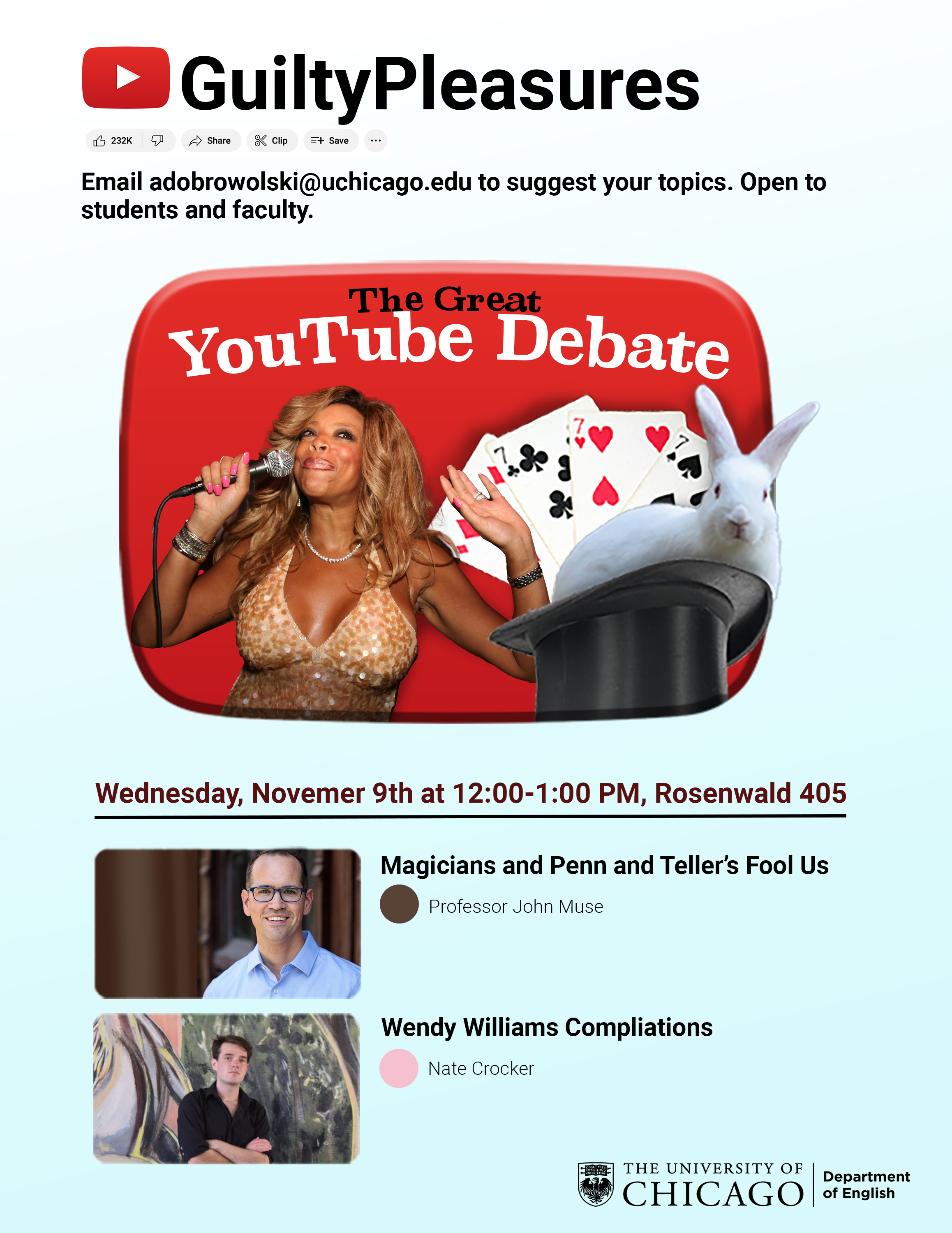Synopsis
My research and teaching explore theater as an embodied practice and as a powerful set of aesthetic and social assumptions. I work across periods, from ancient to digital, but with particular emphasis on modern and contemporary drama and literature. A hallmark of my research has been the attempt to understand what theater means in a given period by exploring cases at the margins of the theatrical norm, or at the boundaries between theater and related art forms: plays that are exceptionally short or long, closet dramas, plays that resemble visual art or museum installations, poems or novels in dramatic form, as well as digital and other forms of virtual theater.
Biography
Exploring para-theatrical objects and practices, I aim to bring theater into sharper focus, often with surprising implications not only for theater and performance studies, but also for literature, visual art, media studies, affect studies, and the study of digital culture.
My first book, Microdramas: Crucibles for Theater and Time, contends that plays shorter than twenty minutes are particularly intense sites for the examination of theater’s capacities. I argue that certain very short plays provide laboratories in which the idiosyncratic operations of lived time and of theater are revealed in their oddity and complexity. Focusing on six influential artists for whom brevity became both a structural principle and a tool to investigate theater itself—August Strindberg, Maurice Maeterlinck, F. T. Marinetti, Samuel Beckett, Suzan-Lori Parks, and Caryl Churchill—the book explores four episodes in the history of very short theater since 1880 in order to underline the importance of the self-conscious embrace of brevity. Subjecting short plays to extended scrutiny upends assumptions about brief or minimal art, and about theatrical experience. The book shows that short performances often demand greater attention from audiences than plays that unfold more predictably. Microdramas put pressure on preconceptions about which aspects of theater might be fundamental and about what might qualify as an event. In the process, they suggest answers to crucial questions about time, spectatorship, and significance.
My current book project, Theater and the Virtual, explores surprising points of connection between traditional embodied theater and a range of virtual theaters, including virtual reality and social media performances, plays written by algorithms, transmedia theater, and so-called mixed reality performances which superimpose digital objects, scenes, or actors onto real-world spaces.
Work with Students
In my graduate classes and advising, I aim for a balance of training in academic disciplines as they now exist and imagination about how and why we might reconceive them. I have advised doctoral dissertations on stuck time in modernism, on modernist art and poetry, and on Samuel Beckett, and masters theses on Twitter performances, postdramatic stagings of Hamlet, Virginia Woolf and photography, fictional games, absence in Lorca’s plays, and stage directions in Suzan-Lori Parks’s plays, among others. Students have written BA theses with me on Beckett and decomposition, on the aesthetics of tourist sites, on durational performance, on dramatic chapters in novels, and on post-internet literature.

